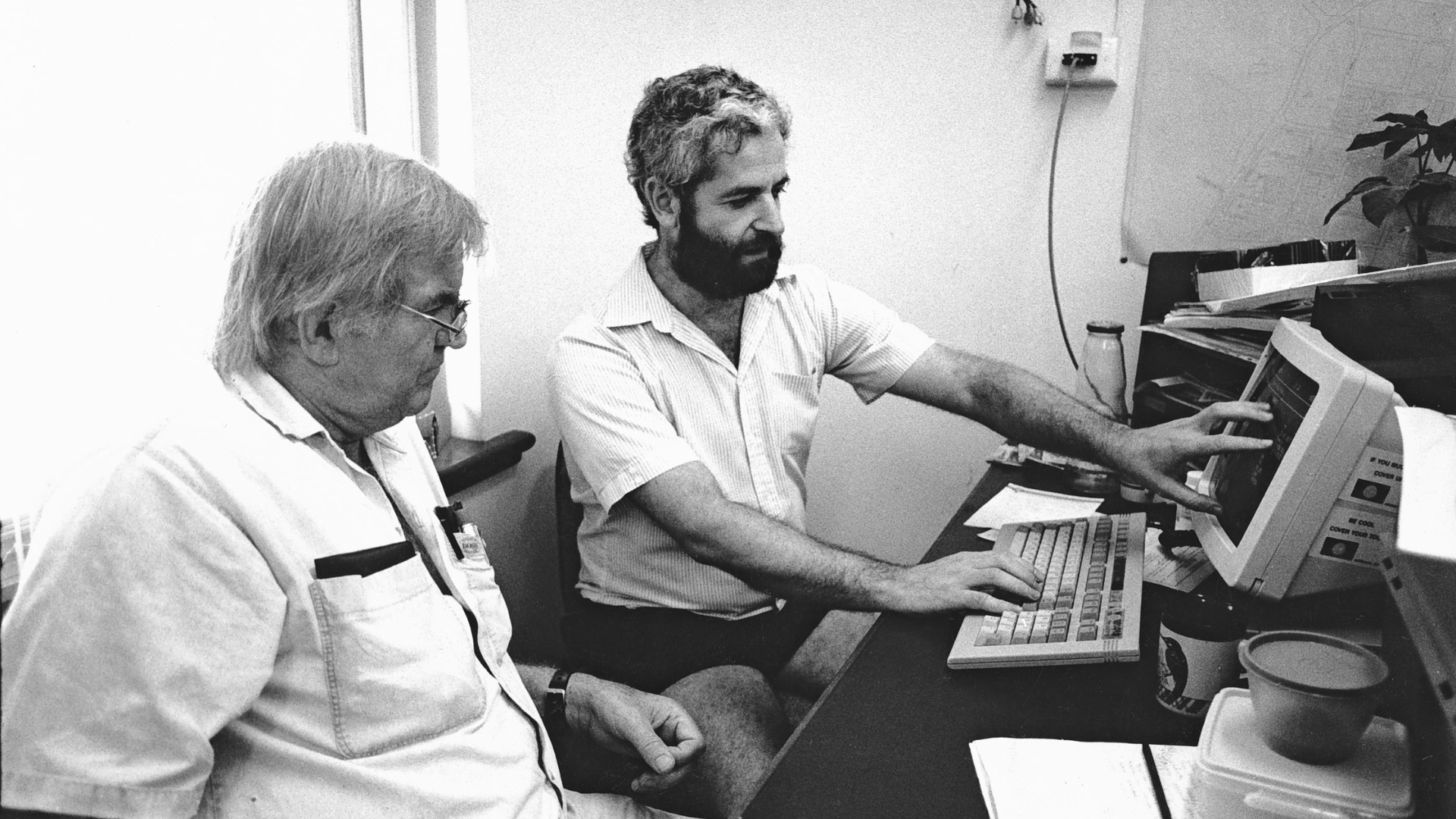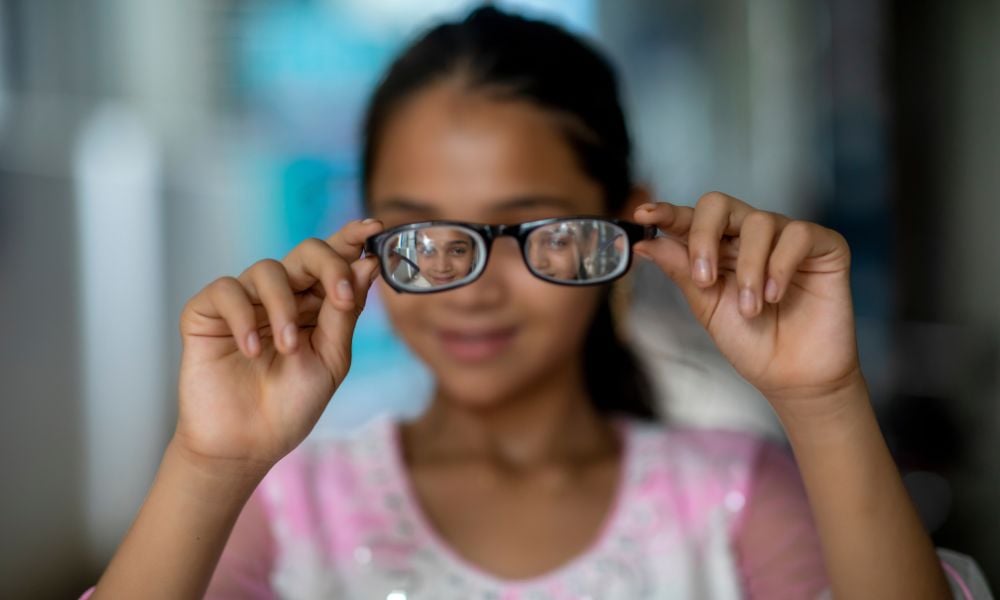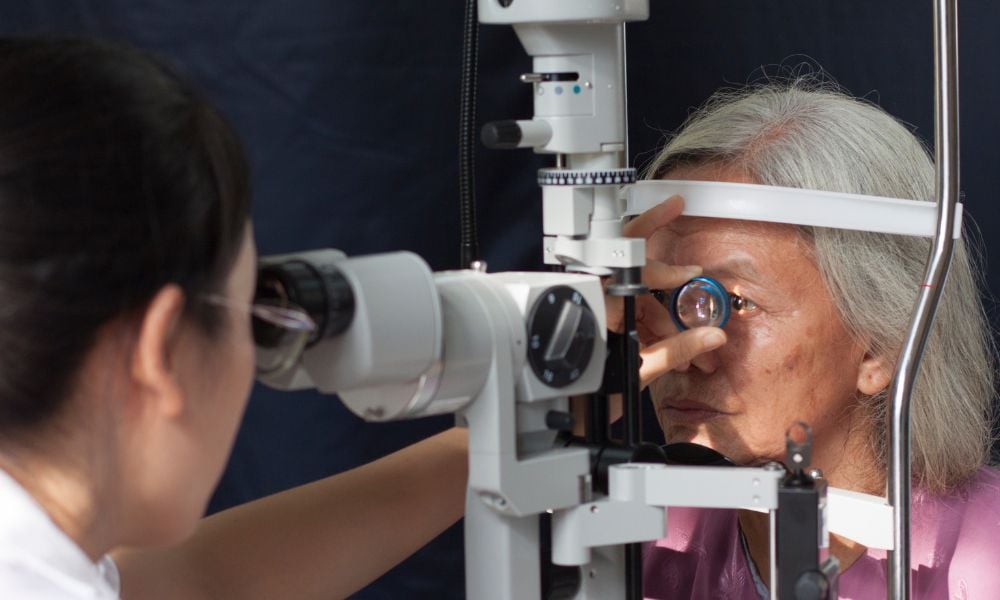How to protect your eyes over excessive screen time

In a hurry?
Click on the link below to go straight to what you’re most interested in:
- Take breaks and follow the 20-20-20 rule
- Adjust the brightness and contrast of your screen
- Use proper lighting
- Reduce blue light exposure
- Position your screen correctly
- Adjust the font size and color
- Use lubricating eye drops
- Exercise your eyes
- Maintain a healthy lifestyle
- Visit an eye doctor regularly
Take breaks and follow the 20-20-20 rule
A good way to ensure that you’re getting adequate breaks is to follow the 20-20-20 rule, which means taking a 20-second break every 20 minutes to look at something 20 feet away.
This gives your eyes a chance to relax and prevents eye strain. Additionally, you can also close your eyes for a few seconds or blink rapidly to moisturise them.
Adjust the brightness and contrast of your screen
A bright screen can cause eye strain and make it harder for your eyes to focus, while a dark screen can cause your eyes to strain to read text. Adjust your screen brightness to match the ambient light in your environment to avoid discomfort.
Use proper lighting
Use proper lighting when using a screen, make sure that there is no glare or reflection. Glare is not just caused by the brightness of your screen but also comes from reflections due to indoor lights and sunlight coming through windows
Avoid direct sunlight, which can cause glare, and overhead lighting, which can cause a reflection on your screen. Instead, if you need extra lighting, use a desk lamp to create indirect light.

Photo credit: The Fred Hollows Foundation
Blue light exposure can affect sleep, it is advisable to avoid using screens 2-3 hours before bedtime.
Position your screen correctly
When an object is too close to your eyes, your eyes can fatigue from the strain of having to focus. The solution is fairly simple and straightforward in order to prevent this and similar problems. Simply position the computer monitor so that it is the same length as your arm when you are seated in front of it. Position the screen so that it is slightly lower than you line of sight. This will help you to look down slightly when viewing the screen, which is more comfortable and helps to reduce eye strain.
Positioning your monitor correctly can not only protect your eyes but also help you avoid awkward and uncomfortable posture that can affect your overall health and productivity.
Adjust the font size and colour
The font size and colour of your screen can also have an impact on your eyes. Smaller fonts can cause eye strain, Adjust the font size and color to suit your comfort level.

Photo credit: KM Asad
Use lubricating eye drops
Using lubricating eye drops can help to keep your eyes moist and prevent dryness, which is a common problem associated with excessive screen time. When you are concentrating on a task on screen, you are less likely to blink regularly which can result in dry eyes.
Make sure to choose drops that are suitable for your eyes and use them as directed.
Exercise your eyes
Eye exercises can help to reduce eye strain and fatigue. There are several exercises that you can do to help strengthen and improve your eye muscles and overall eye health. Here are some examples:
Blinking: Blinking is a natural way to refresh your eyes and reduce eye strain. Try to blink every few seconds to keep your eyes moisturized and prevent dryness.
Focus shifting: Focus shifting exercises help improve your eye's ability to change focus from near to far distances. Find an object at a distance, focus on it for a few seconds, then shift your focus to an object closer to you, keeping the object that you are focusing on clear.
Zooming: Find a small object like the tip of pen or pencil and hold it in front of you at arm's length. Focus on the object and gradually bring it closer to your face keeping the object clear. Then move it back out again, continuing to focus clearly on the object as you do so.
It's important to note that while eye exercises can be beneficial for some people, they're not a substitute for regular eye examinations or medical care. If you have any concerns about your vision or eye health, it's best to consult with an eye care practitioner.

Maintain a healthy lifestyle
A healthy lifestyle can also help to protect your eyes from excessive screen time.
Eating a healthy diet, getting enough sleep, and staying hydrated can help to prevent eye strain and dryness. Additionally, regular exercise can improve blood flow and reduce eye strain and is a great alternate activity to screentime.
Visit an eye care practicioner regularly
Lastly, it is essential to visit an eye care practitioner regularly.
While it is recommended that we should get an eye test every two years, this rule may not apply to everyone. You might need to visit your eye care practitioner more frequently if you have a general health condition like diabetes or an eye disease like glaucoma. Your eye care practitioner will advise you on the frequency of review.
Regular eye examinations can help to detect any eye problems early and prevent them from causing permanent vision loss. Your eye care practitioner can also recommend any further measures that you can take to protect your eyes.
PHOTO CREDIT: The Fred Hollows Foundation
DISCLAIMER:
The content on this page is not intended to be medical advice. For specific medical advice, please contact your health professional.
Meet the author
Related articles

The eye doctor helping communities see again in Laos

Taking eye care to potters in Bangladesh


